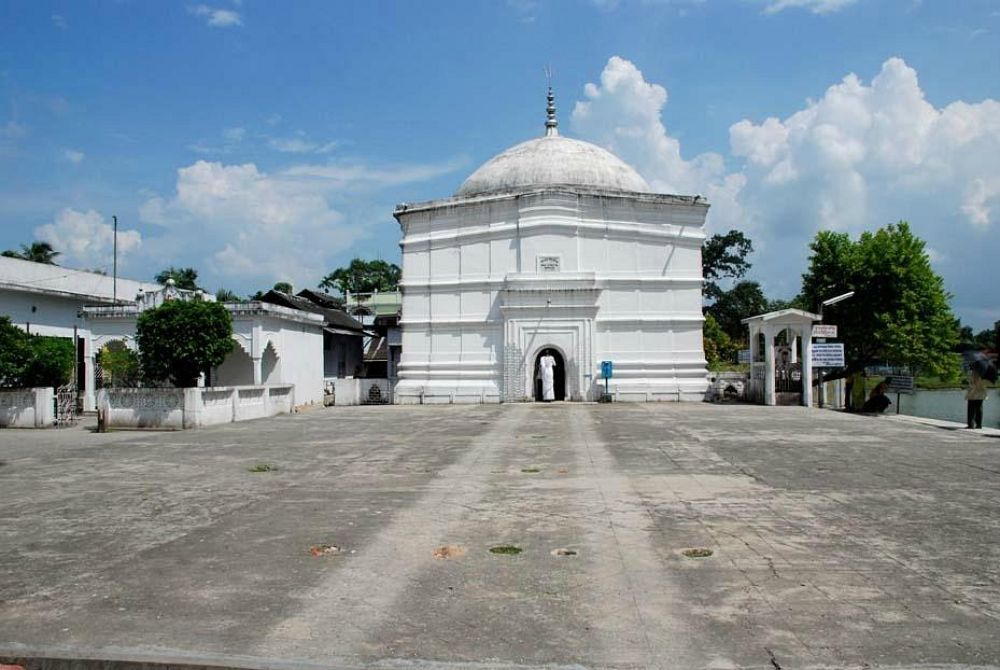

The Baneswar Siva Temple is a revered shrine located in the scenic town of Cooch Behar, West Bengal, India. This ancient temple, dedicated to Lord Shiva, has been a significant center of spirituality and pilgrimage for centuries. The name 'Baneswar' is derived from the words 'Ban' meaning forest, and 'Iswar' signifying the Lord, thus referring to Lord Shiva as the Lord of the forest.
The history of tourism at the Baneswar Siva Temple is deeply intertwined with the religious and cultural heritage of the region. In the past, the temple was primarily a local pilgrimage spot visited by devotees from nearby villages and towns. The temple's origins date back to a period where it served not only as a spiritual center but also as a social hub where people from various walks of life congregated.
With time, the temple started to gain wider recognition. The tourism aspect began to flourish mainly due to the efforts of local stakeholders to promote pilgrimage tourism. Many visitors now come to witness the architectural grandeur of the temple, which showcases the exquisite craftsmanship of the ancient artisans of Bengal.
The architectural design of the Baneswar Siva Temple is a significant point of interest for both historians and tourists alike. It is an exemplar of the classic style of Bengali temple architecture, with a traditional 'deul' or tower reflecting an ancient lineage that can be traced back several centuries. Despite its age, the structure has withstood the test of time, preserving its spiritual and cultural fabric for contemporary visitors.
In recent times, following global tourism trends and with the advent of digital marketing, the Baneswar Siva Temple has seen a rise in its profile as a tourist destination. The local government and tourism bodies have taken initiatives to promote the temple through improved infrastructure, such as better road connectivity, accommodation facilities, and visitor amenities.
There has also been a push towards integrating eco-tourism and sustainable practices. The surroundings of the temple offer a serene ambiance that complements the spiritual experience. Tourists are now increasingly seeking such authentic experiences that combine heritage with natural beauty, and Baneswar Siva Temple fits this niche perfectly. Seasonal festivals and fairs around the temple also add to the inflow of tourists, offering them a glimpse into the region's vibrant culture.
With a rich history and increased connectivity, the Baneswar Siva Temple is poised to become an even more significant landmark in the West Bengal tourism circuit. Plans to showcase regional traditions, promote local handicrafts, and celebrate local festivals are some steps in this direction. The integration of heritage tourism with the charm of the rustic rural setting is expected to continue drawing devotees and tourists from not just India, but around the world.
Visitors today can look forward to an enriching experience that brilliantly juxtaposes the beauty of ancient architecture and the timeless tradition of spiritual pursuit that the Baneswar Siva Temple offers. This site remains a testament to the enduring legacy of India's religious framework and cultural diversity, continuing to attract and charm those who visit it.